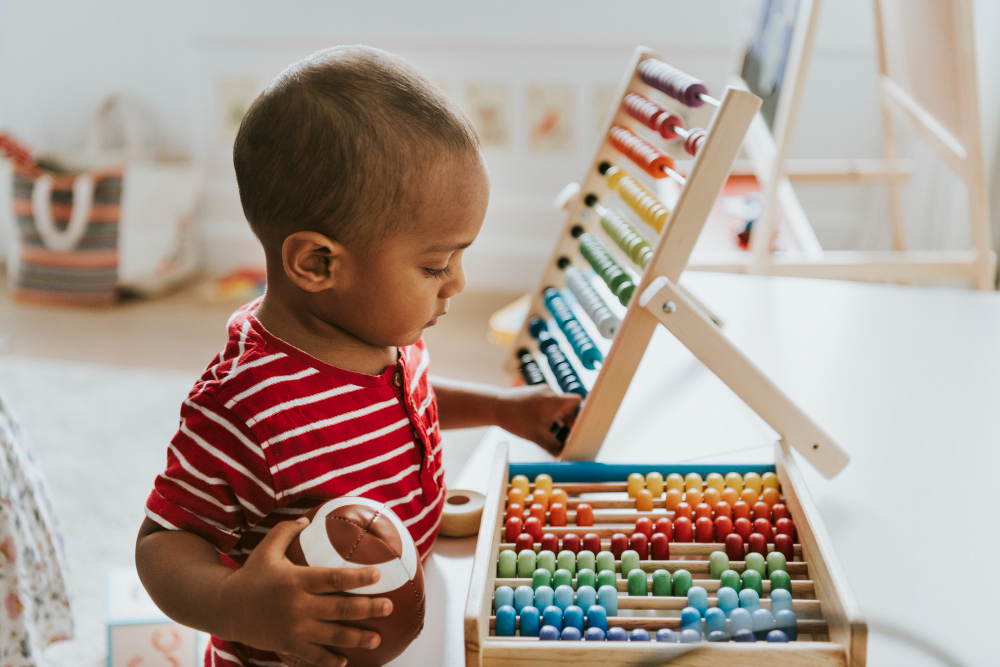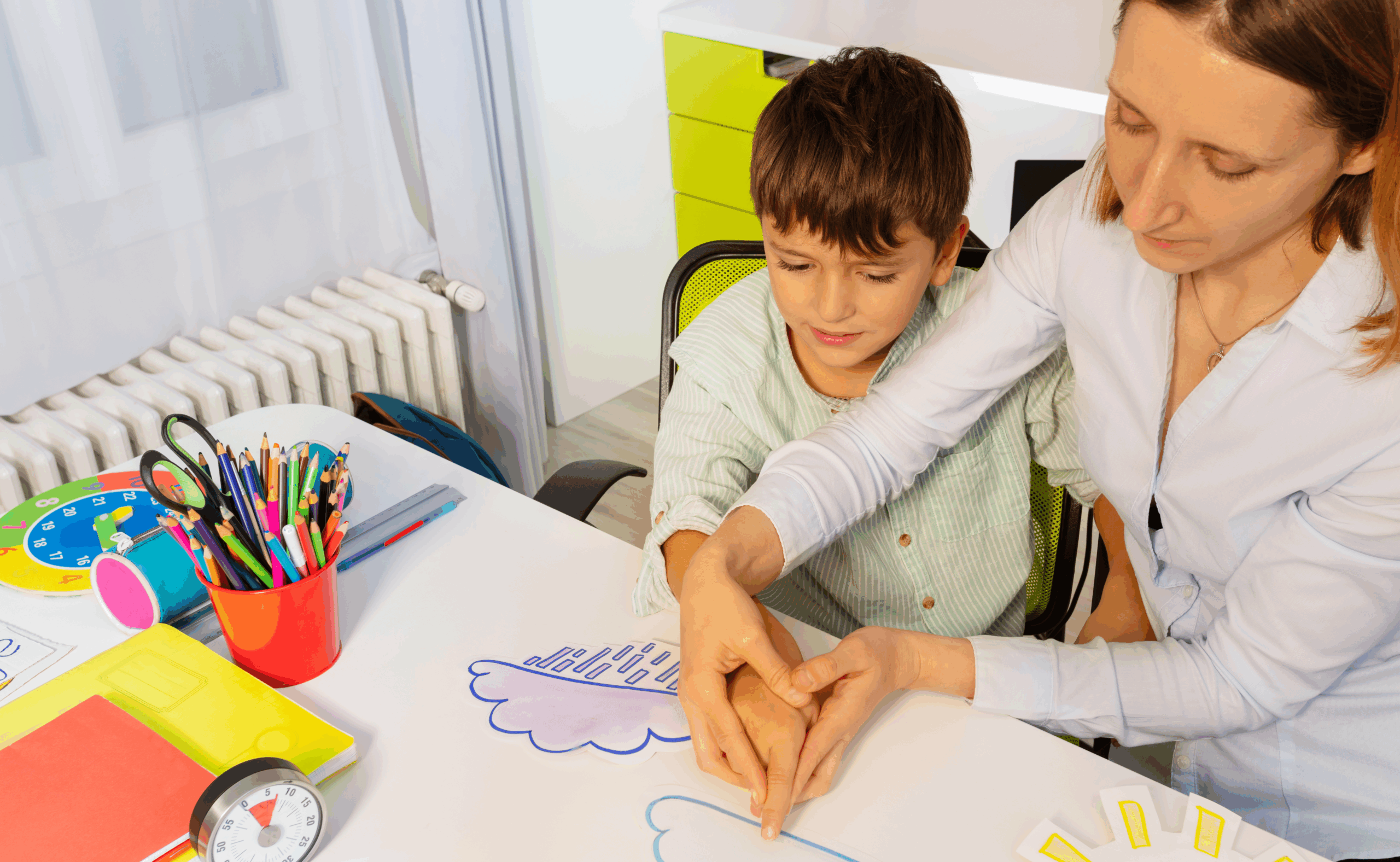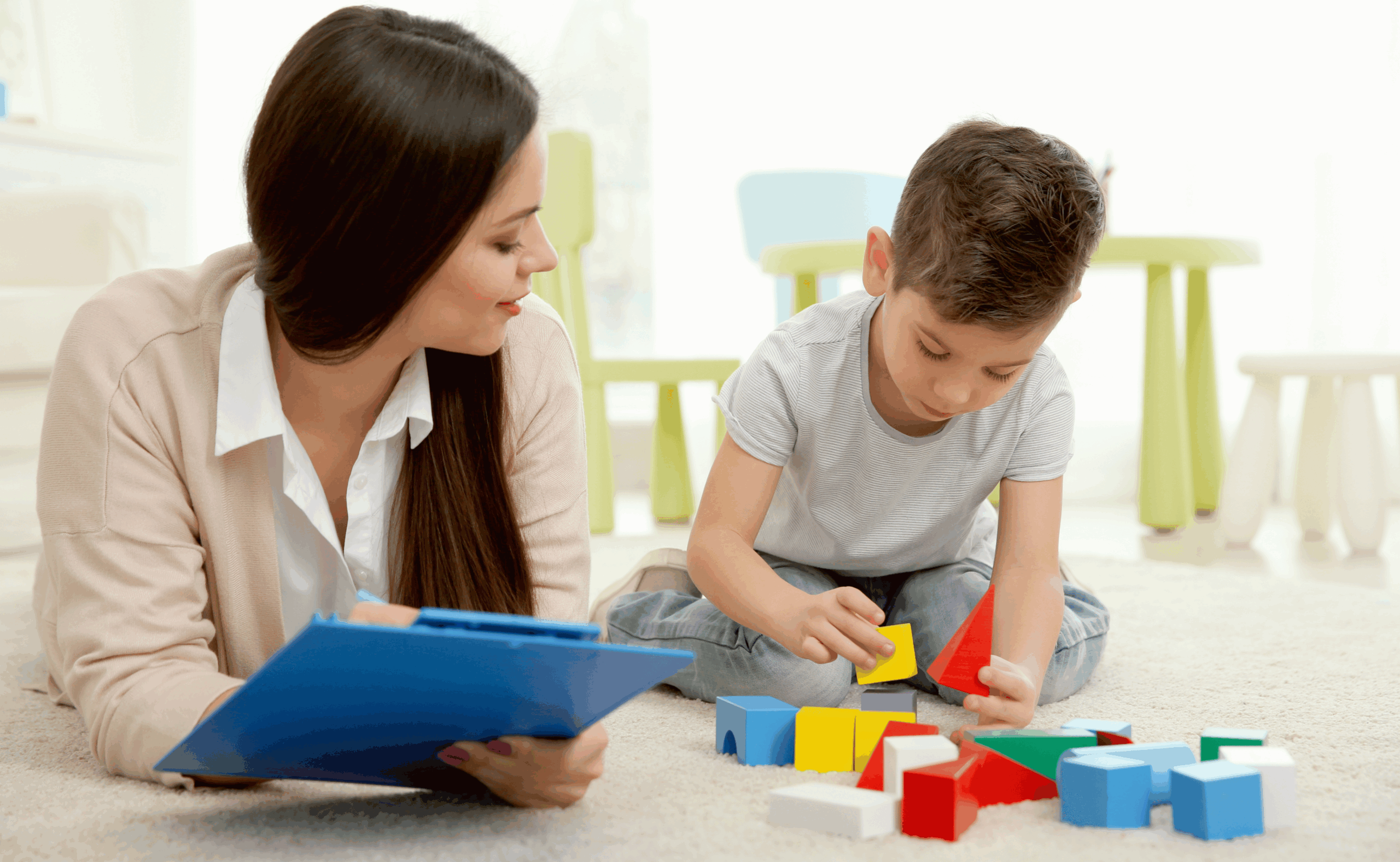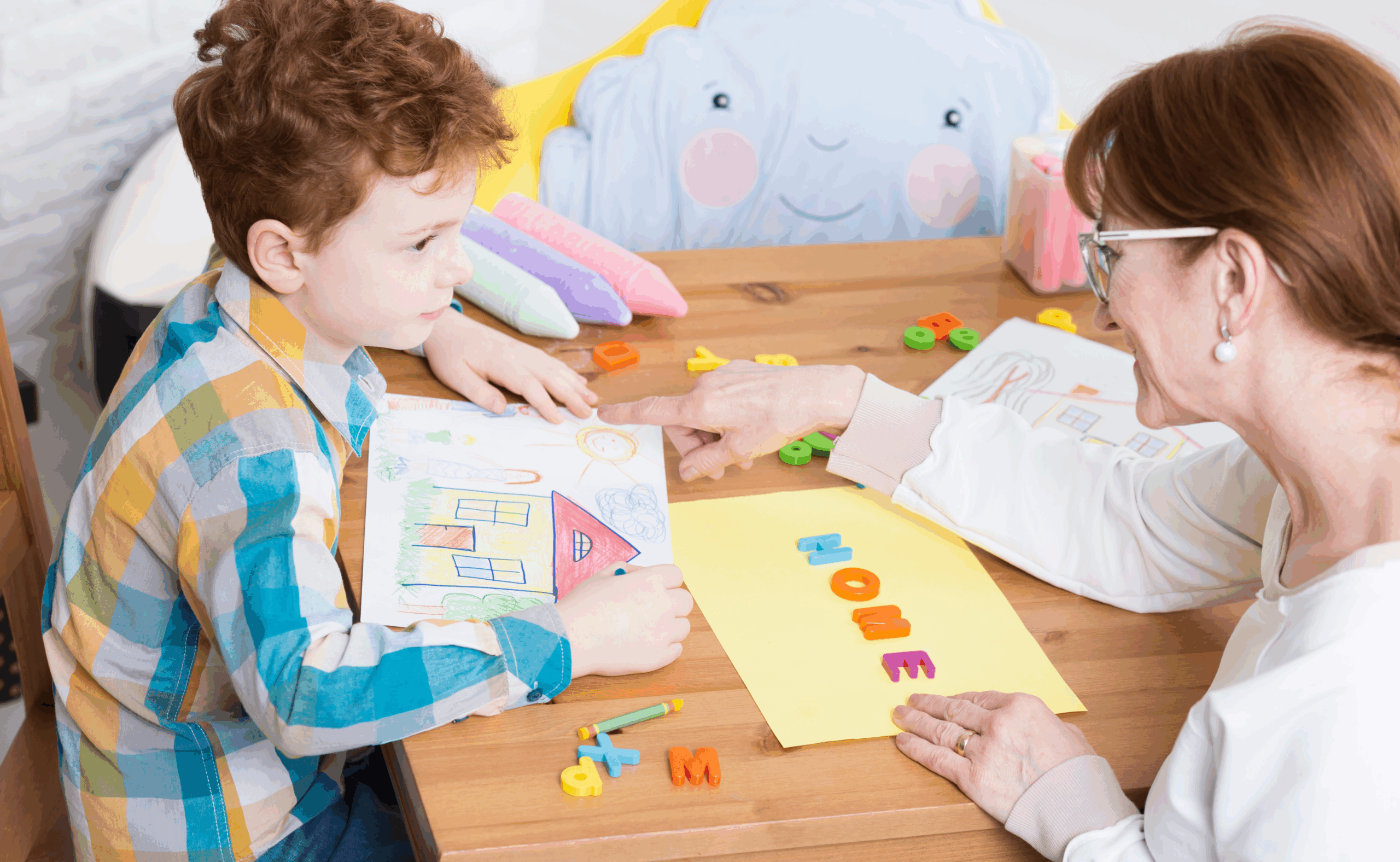Babies usually start to drool around 2-3 months of age and stop drooling when they reach about 2 to three years old. Usually, toddlers stop drooling when they’re done with teething.
Moreover, there are several causes of drooling, and most of them are normal and are not a cause of alarm. However, this may cause drool rash, which is very typical for excessively salivating babies. Drool rash can be treated at home, but when it starts to cause severe discomfort or drool rash is not going away, you may want to visit a pediatrician for proper diagnosis and medication.
Drooling and Babies
Drooling is a normal occurrence for infants and toddlers. Infant saliva has essential functions in the development of your child, which includes:
- Softens and moisten the food before swallowing and digestion,
- Keeps your baby’s mouth moist,
- Washes food residue and bacteria,
- Protects teeth from cavities,
- Converts starch into sugar and functions as an antacid
- Functions as communications between breastfed baby and nursing mother.
Researchers also suggest that excessive drooling is connected to your baby’s digestive development.
So if you notice that you keep on changing bibs and shirts, it’s perfectly normal and is a sign that your baby is healthy.
When do babies start drooling?
You may notice your baby is starting to drool when they reach two to three months of age. That is the time when your baby becomes “oral-centric,” that is, when he put things into this mouth. This act stimulates the salivary gland, thus producing more drool.
What are the causes of excessive drooling?
Excessive Drooling
Drooling, including excessive drooling, is as normal as crawling or standing up – it is part of every child’s development.
Feeding
Your baby is used to drinking milk to get nourishment. They will start to eat solid baby food when they reach around six months. To compensate for this change of diet from liquid to solid, the salivary glands will produce more saliva to help soften the food for easier digestion.
Related Read: Healthy Snacks for Kindergarteners (Recipes + Ideas)
Teething
Teething is the most common reason for excessive drooling. When your baby is teething, several symptoms, including fever and excess saliva, are present. Your baby’s gums are irritated. In response, your baby’s salivary glands are working double-time to protect and soothe gums during this stage of your baby’s development.
Use of Pacifier
Using a pacifier can also cause your baby to drool a lot. Since babies who use a pacifier are used to sucking and swallowing their saliva, their bodies are triggered to produce more.
When the pacifier is not in their mouth, babies are not swallowing, which causes excess saliva to spill over their mouths.
Other causes
Excessive drooling is normal. However, if you notice that your baby is drooling more than usual and is accompanied by other symptoms such as having difficulty breathing or swallowing and has jerky movements, being fussy, or not sleeping well, then better to have your baby checked by the pediatrician.
When do babies stop drooling?
Babies stop drooling when their teeth are complete, which is when they are around 2-3 years old, but once the first few teeth are out, you will notice less drooling than before.
However, if your baby is still drooling long after he is done with teething, then it may be because of the following conditions:
Dental/Oral Structure Problems
Infection of the gums, cavities, and malformations of the mouth prevents the mouth from being closed properly or may interfere with swallowing.
Congestion
When your baby is congested, thus experiencing difficulty breathing, their nasal passageways are blocked, which leads them to breathe using their mouths. Since their mouth is open all the time, drooling will take place.
Hypotonia
Hypotonia is a condition where the muscle has low stretch or resistance, thus making your baby unable to close his mouth or what is called an open mouth posture.
Neurological or Genetic Disorder
Children with neurological or genetic disorders such as cerebral palsy and Down syndrome have low control over their facial muscles. This includes the mouth, which affects the child’s ability to swallow or close their mouth. This results in drooling.
Pediatric Dysphagia
This is a condition where a baby has difficulty swallowing. This includes difficulty in eating, drinking, and at times, even breathing.
Drool Rash – What it is and How to treat it at home
When you notice that the surroundings of your baby’s mouth, or his face, neck, and even chest, have rashes or are chapping, it can be because of excessive drooling, known as drool rash.
Drool rash is an allergy caused by excessive moisture. When the skin is left wet for longer periods, it becomes irritated, and rashes appear. When left untreated, it can cause severe discomfort for your baby.
Related Read: Cradle Cap vs. Dry Skin: Which condition does your baby have?
How to prevent drool rash
The good news is drool rash is a common occurrence and can be avoided entirely. The key is to keep your baby’s skin clean and dry.
Here are some of the tips to prevent drool rash:
- Always have a burp cloth (or any soft, non-abrasive cloth) to wipe your baby’s drool. This is to keep your baby’s skin dry as much as possible. Don’t rub, but use light patting motions.
- Replace your baby’s clothes as often as possible to prevent the skin from being damp. If necessary, try using a waterproof bib.
- Clean your baby’s face after feeding.
- Use petroleum jelly. This acts as a barrier between the moisture and the skin.
How to treat drool rash
It is always a stressful experience when our little one is uncomfortable. Drool rash is not only uncomfortable to your baby, but it can also develop into a more severe skin condition. This is why treating it as early as possible is important. You know what they say, a happy baby is a happy mommy.
The treatment for drool rashes is similar to how we treat diaper rash. Here are some of the things we can do to treat drool rash of your baby:
- Wash the affected area with warm water twice a day and dry with a soft, non-abrasive towel or cloth, and pat dry. Never rub as this may exacerbate the problem and increase the skin’s sensitivity.
- Apply a thin coat of ointment or petroleum jelly to soothe the irritation. In addition, petroleum jelly acts as a barrier between the skin and the drool.
- When washing clothes, use mild, fragrance-free detergents. Fragrance and other chemicals can cause more irritation to your child’s already sensitive skin.
- When bathing, use mild, unscented soap.
- Try to limit its use when you see that your baby’s pacifier worsens the rashes.
When after a week, you don’t see any improvement in your baby’s skin condition, consult your pediatrician so they can properly diagnose any other factors that cause the rashes, and they can give stronger ointments as treatment.
If your baby’s rashes is accompanied by fever, you need to consult your pediatrician as it may be a symptom to a more severe disease.
Other drooling facts and Frequently Asked Questions
While we have covered the basics of what you need to know about drooling, some questions may need further explanation:
Can I stop my baby from drooling?
You cannot stop your baby from drooling. Drooling is a normal occurrence and is part of your baby’s normal development. What we can do is to ensure that our baby is clean and dry to avoid any drool rash.
Is it bad that my baby drools a lot?
No. Drooling (even excessive drooling) is normal. However, if you see that the drooling is unusual and accompanied by difficulty breathing or jerky movements, it is best to check if your baby is choking.
Remember, drooling, especially past the teething stage, may be symptoms of a much bigger problem. It is best to consult your pediatrician to have your baby properly diagnosed.
Should a 2-year old still be drooling?
It is normal to see a 2-year-old drool. However, it is expected that after teething, excessive drooling will subside. If you notice that your baby is still excessively drooling past the teething stage, it is best to consult your pediatrician.
Key Takeaway:
Drooling should not cause you any alarm, especially if your baby is in the early stage of development. As a matter of fact, drooling during infancy is a sign of healthy digestive and cognitive development.
Drooling helps your baby in so many ways, such as soothing the gums during teething, breaking down solid food for easier swallowing and digestion, and sending a signal to a breastfeeding mom, which changes the composition of breastfeeding milk.
It is miraculous and astonishing.
Go ahead, let your little drooling monster make a mess! As long as you are there, there is nothing to worry about.







